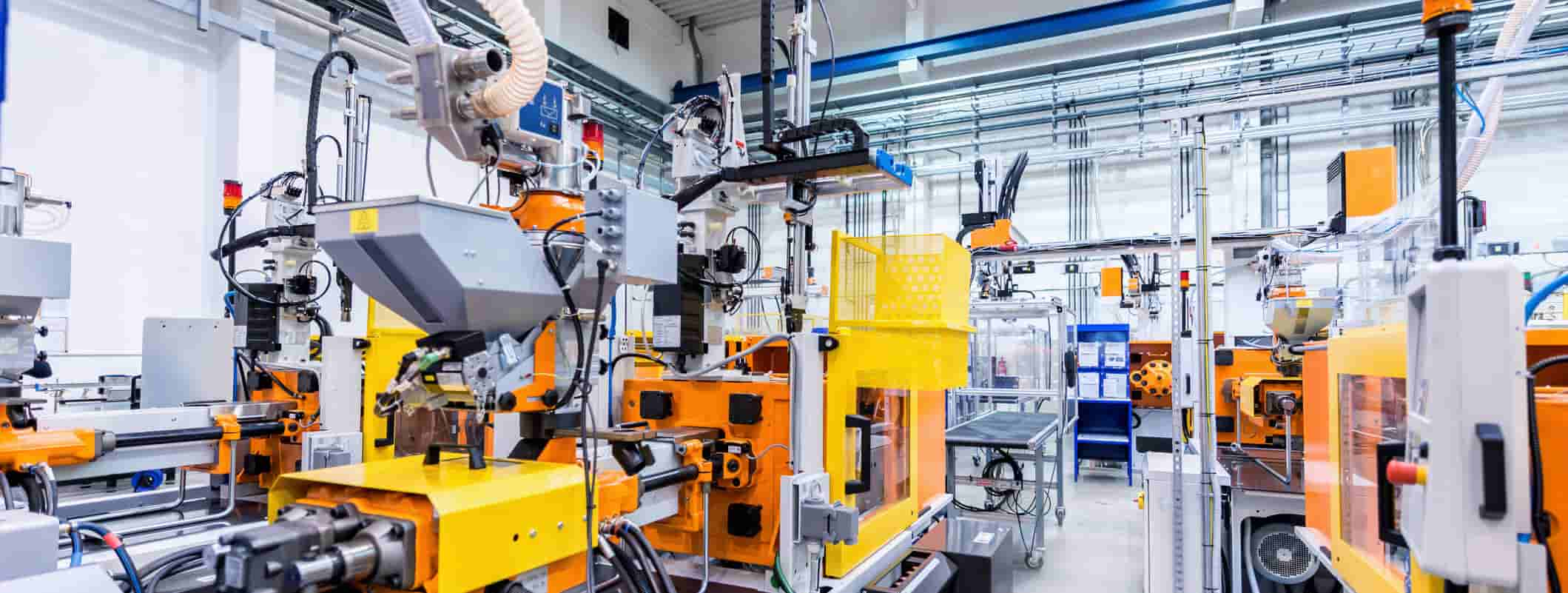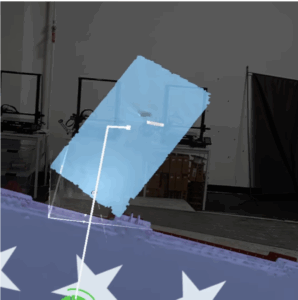Project Team:
Grid Raster (Principal Investigator), Letterkenny Army Depot, FRC East, SFSA
Background:
This project was selected from the ARM Institute’s Robotic Inspection for Casting & Forging Project Call released in April 2025. Funding for this project call was provided by the Office of the Secretary of Defense Manufacturing Technology Program (OSD ManTech).
Cast and forged components lie at the heart of critical commercial and defense systems, providing a vital contribution to warfighter readiness for the United States. However, these industries are plagued with significant issues, including personnel safety concerns, material availability, and cost, further exacerbated by the legacy platforms, whose designs and processes were largely conceived, defined, and stored on paper. The challenges for the United States to produce low-volume, high mix cast and forged components pose a critical and enduring issue.
This Project Call leveraged the ARM Institute’s extensive prior work on solutions for robotic forging and casting as a foundation with the objectives being derived from the institute’s research, lessons learned from previous projects, and the institute’s Roadmap for Robotics and Automation in Casting and Forging, which was created in partnership with subject matter experts from the institute’s consortium and industry.
Description:
Working with several foundries to define their requirements, this project team will work to leverage spatial artificial intelligence (AI) and extended reality (XR) for casing inspection. Specifically, the team will leverage automatic RGB, LiDAR, and thermal imaging, thermal tomography to compare discrepancy between different temperatures (hot and ambient), and dimensional and anomaly detection and compare to ground truth at different temperatures (hot and ambient). The team will prototype 2D/3D mapping and thermal tomography, automatic defect detection and dimension estimation, and an AI model for classification for human-assisted automatic quality inspection for metal casting.

